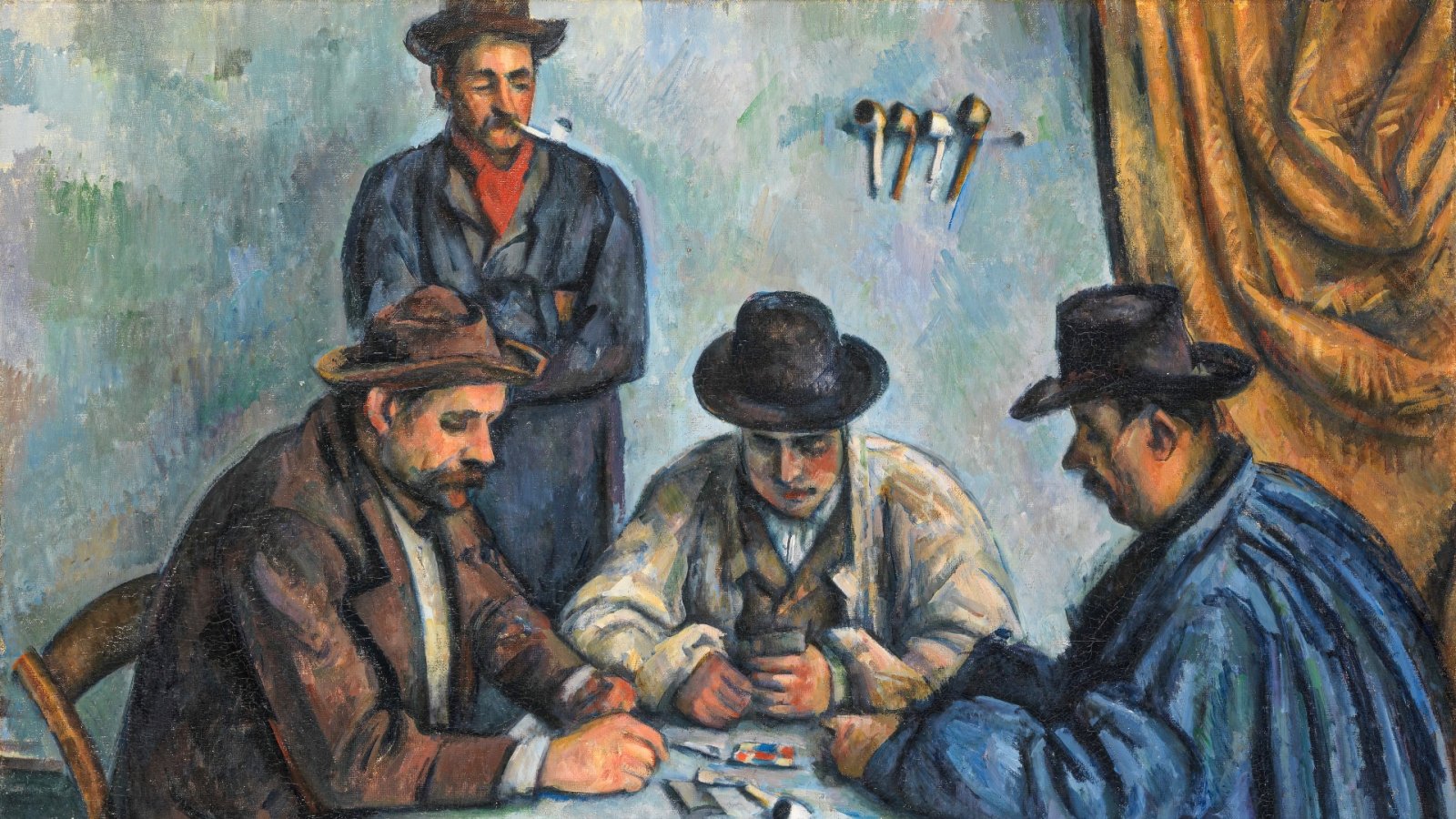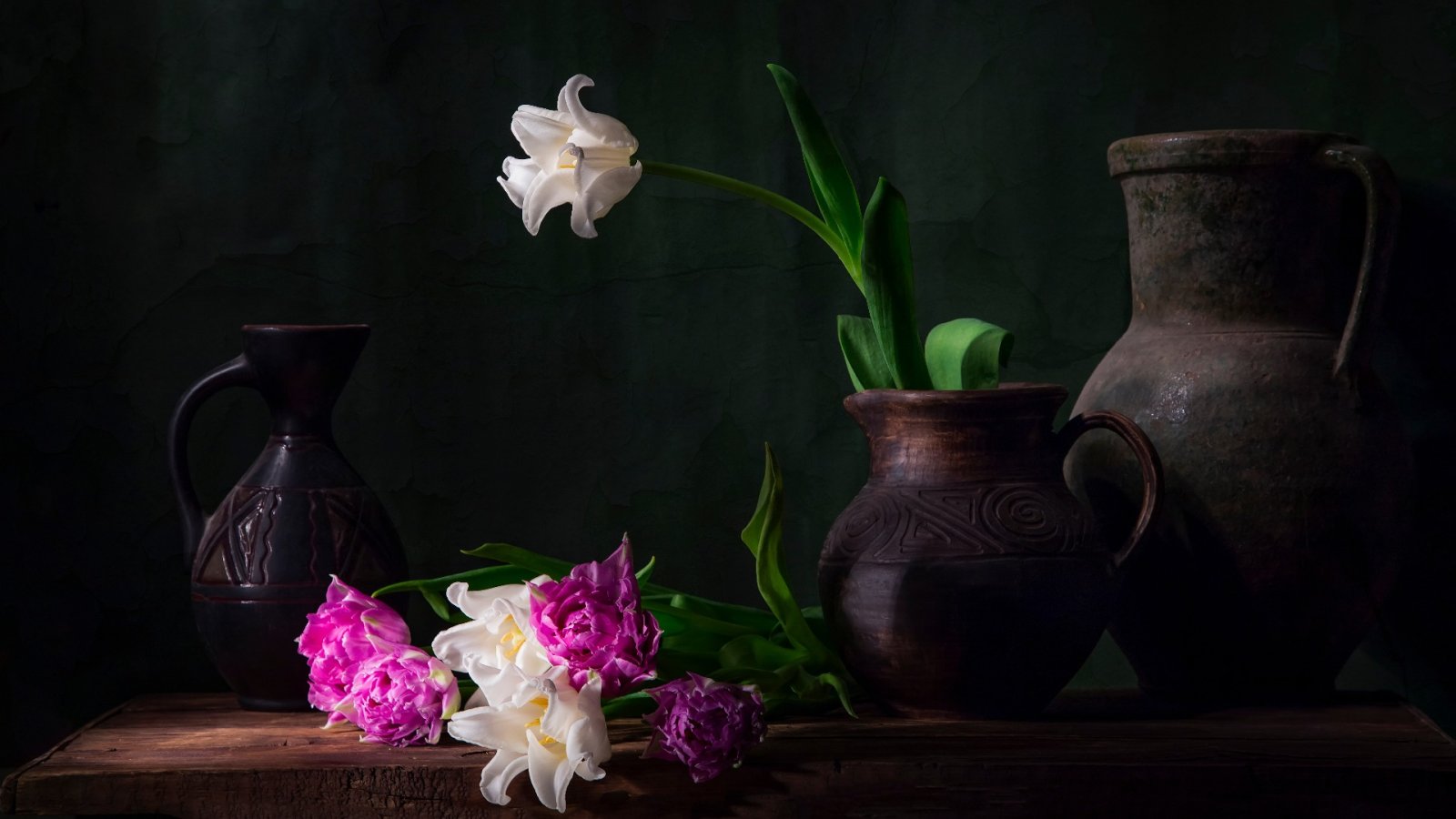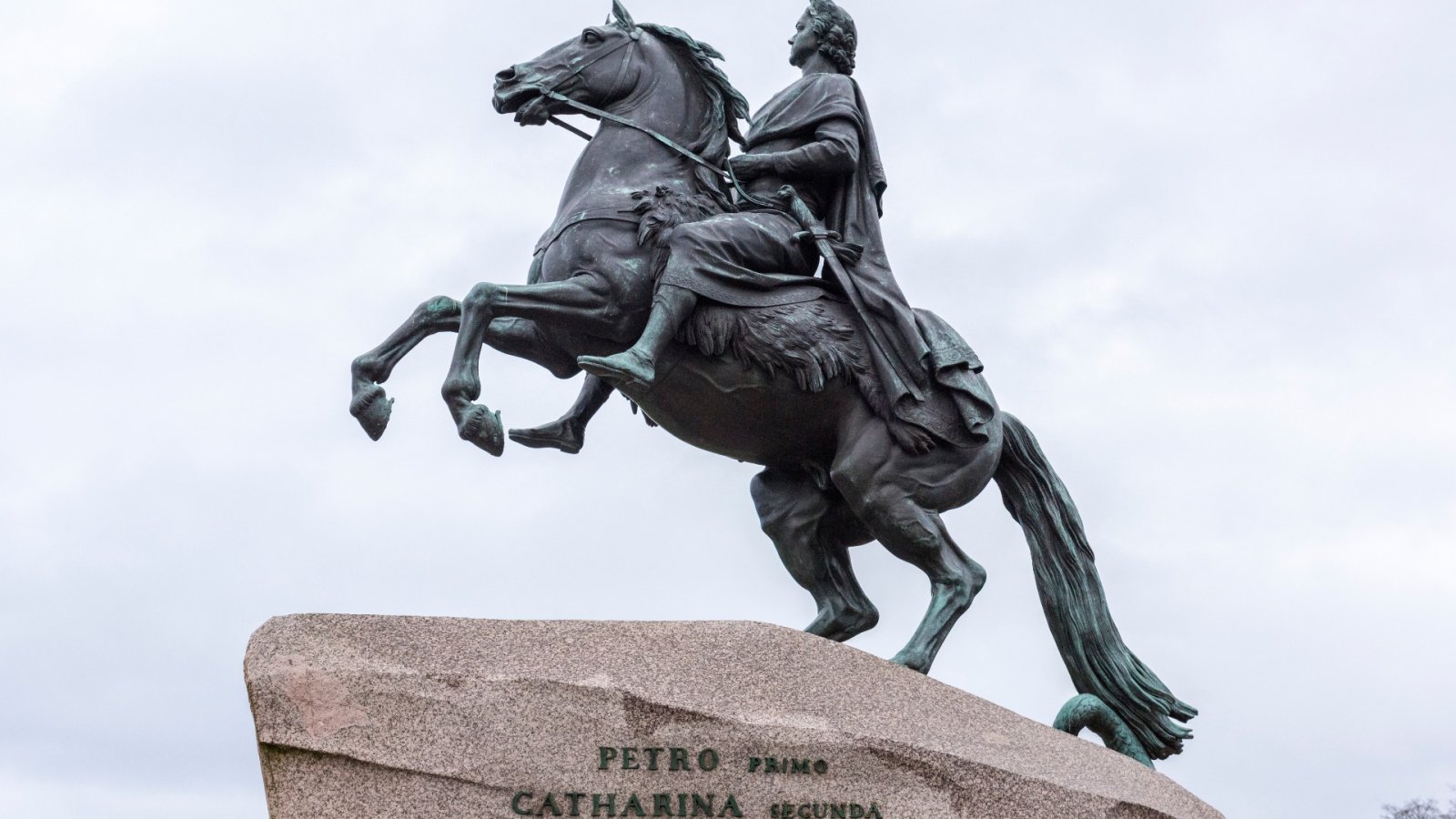The reign of Empress Catherine II of Russia (1729-96) has been a topic of fascination for many due to her impressive accomplishments. She invested a great deal of time and resources into cultivating an image of herself as a capable and successful ruler throughout her 34-year reign, despite the significant cost. Although this was a common practice among rulers of her time who presided over subject populations, engaged in wars, and spent heavily on cultural patronage, Catherine stood out as a female ruler who had seized power by overthrowing her husband, Peter III. Her patronage of the arts significantly impacted her pursuit of respect and prestige.
What’s more, scholars have extensively studied Catherine's efforts to enrich Russian culture, including her direct interventions and those of the Russian elite. In her latest book, Rosalind Polly Blakesley focuses on the contributions of women artists towards Catherine's goals. Being an expert on pre-Revolutionary Russian art and having published several works on the subject, she is an expert and she draws upon a wide range of visual, documentary, and scholarly sources.
At the heart of the book lies the intricate interplay between gender, art, and patronage during Catherine's reign. The first two chapters delve into the personal, political, and cultural context in which Catherine established herself at the Russian court, initially as the wife of the heir to the throne and later as the ruler. These chapters shed light on Catherine's strategic use of imagery and patronage to bolster her political power, as she allocated more resources and provided regular patronage, transforming it into the central hub of Russian artistic activity from 1764 onwards. In the same year, she purchased her first significant art collection, which included 225 works, many of which would eventually become the foundation of the Hermitage Museum in St Petersburg. The subsequent chapters of the book delve into the careers of women artists who received commissions or were purchased by Russian patrons during this period, with Catherine leading the way.
One of the key themes explored in the book is Catherine's personal attitude towards women artists and their work. Catherine's approach to collecting and commissioning art placed significant emphasis on reflecting her status and prestige. In this regard, Catherine did not exhibit a particular inclination to favor the work of women artists solely on account of their gender. Instead, she consulted widely, seeking advice from well-informed advisers, including the French writer Denis Diderot and other art collectors from the Russian elite. In essence, Catherine sought to acquire great works of art.
In a similar vein, Catherine was attracted to the works of both established and emerging women artists, whether as part of acquired collections or through recommendations and reports. With the empress and her court in St. Petersburg, as well as the Russian elite, offering the abundant potential for patronage and commissions, prominent women artists like Angelica Kauffman and Élisabeth Louise Vigée Le Brun were drawn to this environment. However, other patrons also emerged during this period, and the place of women artists' work in the collections of the Russian elite was firmly established, even though this had little influence on the general public.
However, the book delves into the challenges and obstacles that women artists faced in their pursuit of professional careers, which is a significant aspect. Even those who succeeded in establishing themselves as professionals encountered the pervasive misogyny that limited their opportunities, from the forms and genres of work deemed appropriate for them to the recognition and inclusion by leading art institutions. In fact, there is relatively little direct evidence of Russian women artists during this period, which is partly due to the lack of available sources and prevailing attitudes. Women were only permitted to join Russian art institutions from the mid-19th century onwards. However, Blakesley's aim with this book is to gather and present what can be found about this important transitional period for women artists, and she highlights the presence of Russian women in the artistic sphere where possible. She also raises questions about areas where further research is needed.
Ultimately, if you’re into art and especially the history of art, this book is a compelling study of 18th-century art and patronage. It offers fresh insights into the complex interactions and competitions between Catherine and her Russian peers with their counterparts across Enlightenment Europe. Plus, you don’t have to worry about academic language, as the book's accessibility and engaging style make it a good resource for both experts and general readers.






